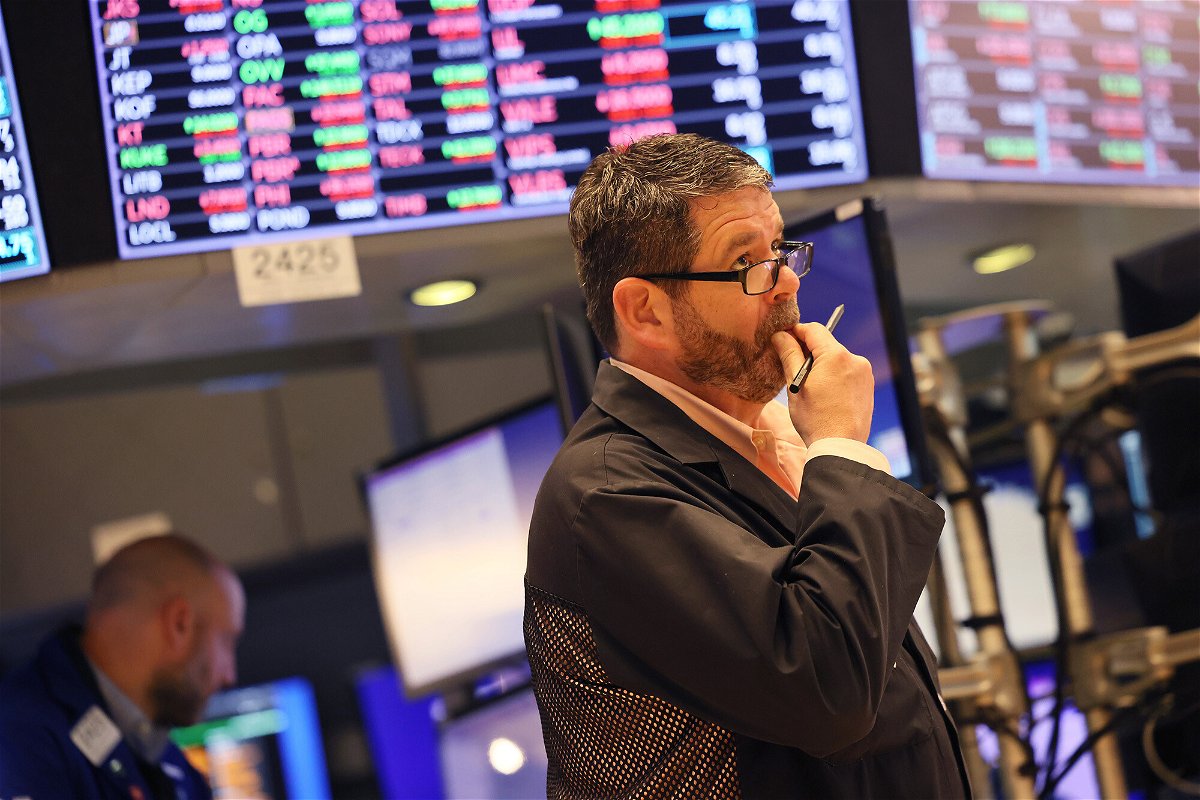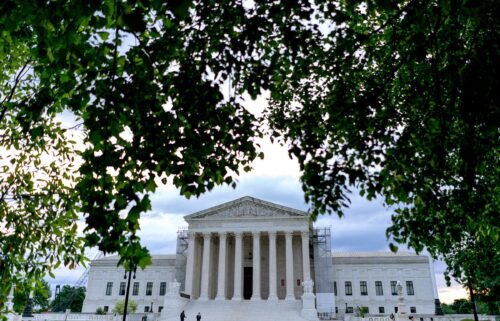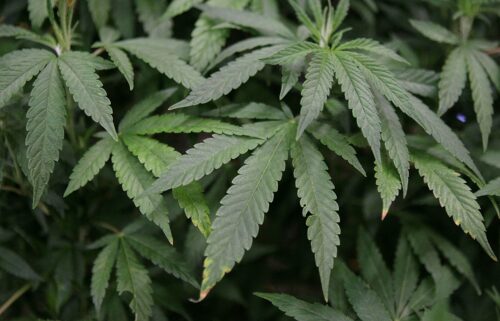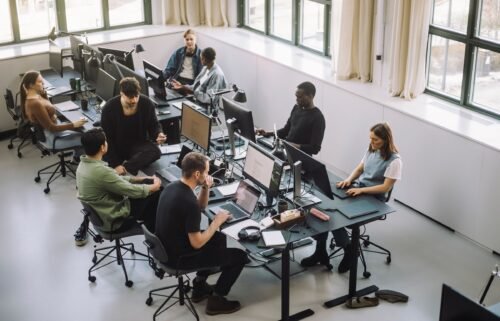The Fed doubters are back

By Julia Horowitz, CNN Business
This newsletter yesterday highlighted warnings that market enthusiasm after the Federal Reserve’s latest meeting was misplaced. Investors quickly came to the same conclusion.
What’s happening: After the S&P 500 rallied 3% on Wednesday, logging its best day in almost two years, it plunged 3.6% in an ugly trading session on Thursday.
The tech-heavy Nasdaq Composite dropped 5%, marking its worst day since June 2020. Bonds also fell sharply, pushing the yield on the benchmark 10-year US Treasury back above 3%.
“This is a very messy selloff in both stocks and bonds,” tweeted Allianz adviser Mohamed El-Erian.
What changed in a day? Frankly, not much. But investors appeared to come to grips with the reality that the Federal Reserve is faced with few good options moving ahead. Its attempt to fight inflation without triggering a recession — or engineering a so-called “soft landing” — looks extremely difficult at best.
Fed Chair Jerome Powell emphasized Wednesday that he thinks a soft landing is still possible.
“I would say I think we have a good chance to have a soft or softish landing or outcome,” he told reporters.
But Andrew Bailey, his counterpart at the Bank of England, gave investors a gut check on Thursday.
“Whereas Chairman Powell of the Fed adopted a somber but optimistic tone that the Fed could achieve a soft landing, Bailey was much gloomier about the outlook,” said Michael Hewson, chief market analyst at CMC Markets.
The UK central bank is ahead of the Fed. Having just hiked interest rates for a fourth consecutive meeting, it said it now expects the UK economy to stagnate this quarter and shrink in the last three months of 2022 as inflation rises above 10%. The risk of a recession has risen.
“We are walking this very narrow path now,” Bailey said.
The British pound fell 2% in response, hitting its lowest level against the US dollar since June 2020.
The takeaway: The United Kingdom isn’t the United States. It’s still hobbled by the consequences of Brexit and is more exposed to an economic slowdown in Europe as a result of the war in Ukraine.
But the Bank of England’s grim acknowledgment that growth will fall sharply just as rate hikes kick into gear still carries weight across the Atlantic. That may encourage investors considering buying the dip to think twice.
America’s job growth is starting to slow
The days of millions of job gains per month are behind us, but America’s hiring machine is still going strong.
The US jobs report due Friday is expected to show that the US economy added 391,000 jobs in April. That would mean the 1.2 million positions lost during the pandemic have almost all been recovered, though there’s been a shuffle across industries.
One key number: The unemployment rate is expected to slide to a new pandemic-era low of 3.5%, matching the historic low before Covid hit.
Still, it’s clear the job recovery is entering a new phase, as open positions hit an all-time high and fewer workers are available to fill them.
“A shrinking pool of available workers should soon start to limit the monthly pace of job growth,” Citi’s economists said in a note to clients this week.
On the radar: Data on wage growth has become an increasingly important part of the monthly job reports as the Fed tries to discern whether a worrisome feedback loop is forming due to inflation.
Economists fear a “wage-price spiral” in which workers — faced with rising costs — demand higher pay. Employers then keep hiking their prices to protect their margins.
The market’s read: Wall Street, feeling jittery, may not be happy with the report either way. If job growth comes in higher than expected, the Fed could be emboldened to take even more aggressive steps to fight inflation. But if it disappoints, that could underscore the possibility that the Fed’s rate hikes could spark a recession next year.
Who are Elon Musk’s biggest believers?
Elon Musk faces plenty of concerns inside Twitter about how he’ll lead the social media company. But he isn’t struggling to find wealthy backers who buy into his vision.
See here: Musk has raised just over $7 billion in additional equity financing to help fund his purchase of Twitter.
The new investors include Oracle founder Larry Ellison, cryptocurrency platform Binance and venture capital firm Sequoia Capital, according to a new regulatory disclosure Musk filed this week.
The announcement comes after Musk secured debt commitments from banks including Morgan Stanley, amassing a total of $46.5 billion in financing to take Twitter private.
Investor insight: Twitter’s stock rose almost 3% on Thursday, as the announcement on new financing bolstered confidence that the deal would go through.
Shares, which closed at $50.36 apiece, are still below Musk’s offer price of $54.20, however.
Not shelling out? Fellow billionaire Bill Gates, who said this week that he doesn’t expect Musk to replicate Tesla and SpaceX’s “mind-blowing” performance.
“I kind of doubt that’ll happen this time, but we should have an open mind and never underestimate Elon,” Gates said.
Up next
Cinemark and Under Armour post results before US markets open.
Also today: The US job report arrives at 8:30 a.m. ET.
Coming next week: Earnings from Disney, Peloton and AMC Entertainment.
The-CNN-Wire
™ & © 2022 Cable News Network, Inc., a WarnerMedia Company. All rights reserved.




